

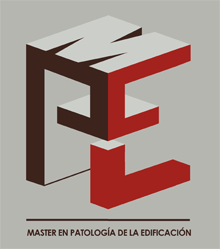
| INTRODUCTION |
|
BUILDING PATHOLOGY AND INTERVENTION TECHNIQUES |
|
MANAGEMENT, ASSESSMENT AND EXPERT ACTIVITY |
| INSTITUTIONS AND COMPANIES |
| REGISTRATION |
| PUBLICATIONS |
| CONTACT |
ESPAÑOL  |
|
SPONSORS: 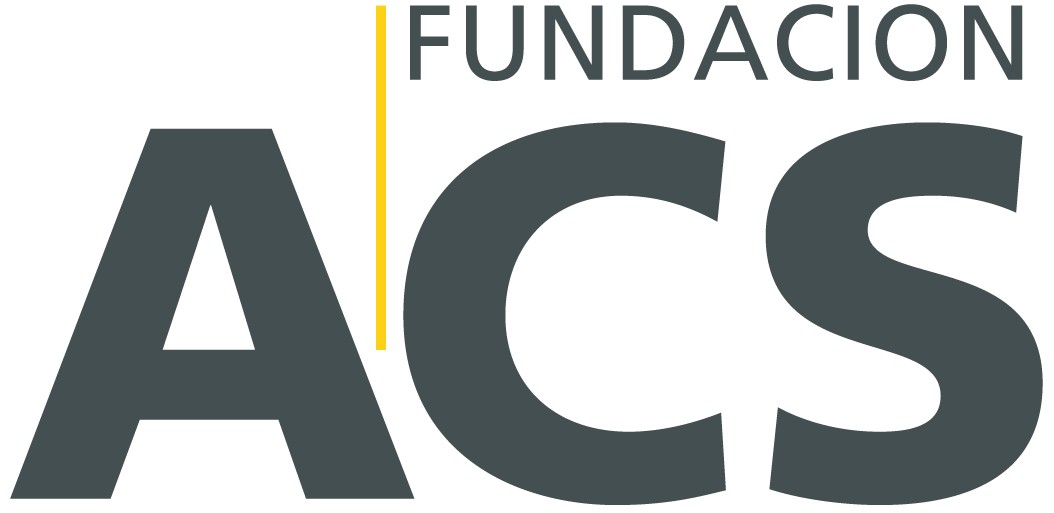

|
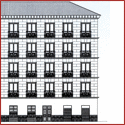 |
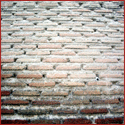 |
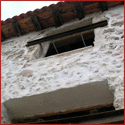 |
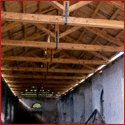 |




|
INTRODUCTION | OBJECTIVE | ORGANIZATION CHART INTRODUCTION Buildings have a characteristic vulnerability that might be more or less important, but inevitable. The defects attached to the techniques and materials used during their construction on the one hand, and the functional use throughout their useful life on the other, make them suffer a relentless deterioration that forces some kind of intervention at some point of their lives, in spite, even, of an appropriate maintenance. On the other hand, many times a change of use of the building is required, that implies a rehabilitation to adapt structure, enclosures and comfort installations to the new use and technical codes. All of this implies a refurbishing of the buildings, more or less important depending on circumstances, that combines a series of actions, from which the following are noteworthy:
This set of activities requires an analysis and specific training that helps complement that of the building professionals who want to work in them, particularly architects, quantity surveyors, civil engineers, developers, etc. It should be essentially postgraduate training and is sufficiently important and complex as to be included in a Master course. Traditionally, the Department of construction and Technology in Architecture has given different speciality courses related to those subjects, included in the UPM postgraduate courses catalogue, particularly the one called BUILDING PATHOLOGY AND INTERVENTION TECHNIQUES, with more than twenty years of experience. Now a new speciality course named MANAGEMENT, ASSESSMENT AND EXPERT ACTIVITY has been incorporated in order to allow to improving the training for the type of professional intervention aforementioned. In short, a new Master course is launched in the core of the Department of Construction and Technology in Architecture of the UPM, combining the two speciality courses. [introduction | top] OBJECTIVE Training for the different building technicians, giving them the necessary knowledge to get to know the pathologic processes in buildings, the different reparation techniques to rehabilitate the ones affected, as well as the preventive measures necessary to avoid those processes. All of this complemented with the activities connected to building rehabilitation, specially the previous steps to the intervention included search for financial support, previous or subsequent expert activities, as well as specific assessment studies of the different intervention techniques in rehabilitation. [objective | top] ORGANIZATION CHART MANAGEMENT AND COORDINATION CALENDAR AND TIMETABLE DOCUMENTATION CERTIFICATES AND CARD PAYMENTS 1. MANAGEMENT AND COORDINATION 1.1. Management and coordination Dr. Juan Monjo-Carrió, PhD in Architecture, Full Professor of the Universidad Politécnica de Madrid (UPM) is in charge of the management of the Building Pathology and Rehabilitation program. Dr. Rosa Bustamante-Montoro, PhD in Architecture, Associate Professor of the UPM, is the academic secretary of the master. In turn, each speciality course has a manager in charge, namely:
The master's administrative secretary is Ms. Pilar Sández Gaspar. The office is located in the Department of Construction and Technology in Architecture, ETSA-UPM, new pavillion, first floor. 1.3. Degree To get the Master degree in Building Pathology it is necessary to have obtained the 60 ECTS by attending both courses that make up the master. The master degree in Building Pathology and the specialist degrees in Building Pathology and Intervention Techniques, and in Management, Assessment and Expert Activity in Rehabilitation, are issued by the Universidad Politécnica de Madrid. They will be processed once the course is finished through the secretary's office, on payment of the tuition fees not included in the registration. (Master degree 82 € and specialist degree 60 €) [organization chart | top] 2. CALENDAR AND TIMETABLE 2.1. Program Scheduled modules of the courses will be given during the first semester, from January to June, and seminars and practice work, during the second semester, from September to December. The Management, Assessment and Expert Activity in Rehabilitation course is given on Mondays and Tuesdays, and the Building Pathology and Intervention Techniques on Thursdays and Fridays, from 4:00pm to 9:00pm. 2.2. Attendance An attendance to at least 85% of the classes, as well as a passing mark in practice work, is necessary to get the final degree. A students list will be placed in the lecture room, to be signed daily twice so as to control attendance. Etiquette demands maximum punctuality from those present. 2.3. Trips to building sites and workshops This will be planned according to the different modules topics. 2.4. Tutored practices Each speciality course poses practice works that will be carried out during the second semester, under supervision of the teachers, according to the timetables established by mutual agreement with the appointed tutor. Said practices are necessary for learning and for the final assessment, as well as for obtaining the corresponding degree. 2.5. Control and assessment The following controls are carried out:
3. DOCUMENTATION The publication “Tratado de Rehabilitación” will be given out, containing the master's theoretic lessons. Also, computer files with the presentations and the complementary documentation handed in by the teachers. 3.1. Bibliography The proposed bibliography is accessible through the ETSAM library, with the student card. There is as well an archive in the Department (DCTA) where practices carried out in previous editions of the Master in Restoration can be consulted. [organization chart | top] 4. CERTIFICATES AND CARD The secretary, Ms. Pilar Sández, is in charge of preparing and issuing the certificates to the students who request so. All the students registered are entitled to a student card from the Universidad Politécnica. [organization chart | top] 5. PAYMENTS The cost of the Master in Building Pathology is 7.500 € and includes both courses. They can be taken separately, and in that case the course in Management, Assessment and Expert Activity in Rehabilitation costs 4.500 € and the course in Building Pathology and Intervention Techniques costs 6.000 €. Payments will be made in the secretary's office in the established instalments. A 10% as registration reservation, then the first half at the beginning of the course, and the second half before June 30th. [organization chart | top] |